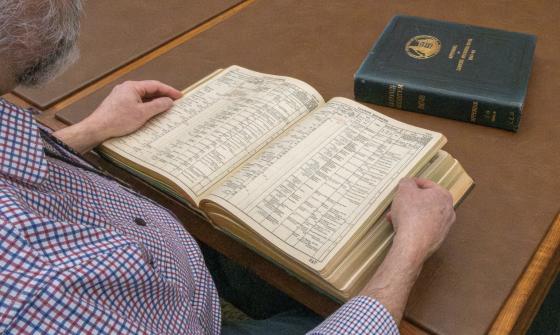Discovering your ancestors’ migration story: Part 1
Venturing into your family history can reveal your ancestors’ unique migration journey. Have you ever wondered why your ancestors arrived in Australia? Perhaps, they were transported as a convict, soldier or free settler. Did they leave their home country hoping to make their riches on the Victoria goldfields or were they part of a ship’s crew who ‘jumped ship’ as soon as the vessel docked in Australia?
Whether your ancestors were enticed by immigration schemes, warmer climates, or the opportunity to purchase land, we hope these frequently asked family history questions answered by Leisa, Andrew and Qin Qin from our Special Collections Research & Support team can uncover your ancestor’s migration story.
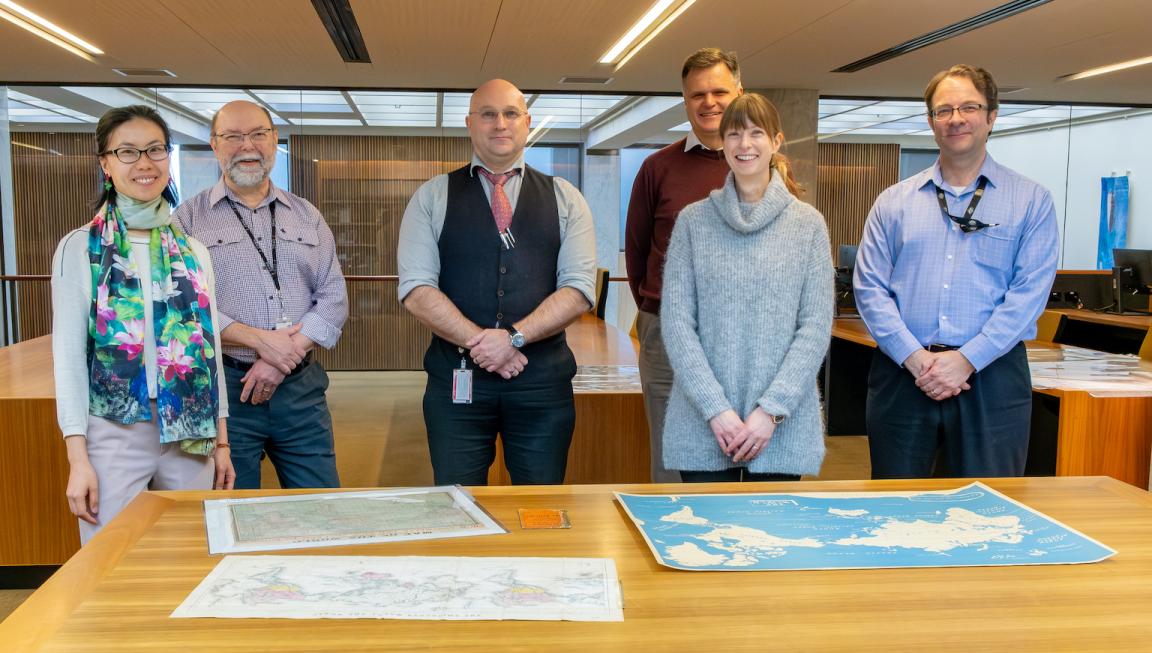
Special Collections Research & Support team
Special Collections Research & Support team
Leisa: How can I find passenger lists to Australia?
There is a wealth of freely available resources to view from your computer anywhere in the world. Before you start your research, it is helpful to know how Australian passenger lists are arranged. Passenger arrival records up to 1923 are organised by state or colony then by passenger type, whether it be convict, unassisted (paid their own fare), assisted (fare paid by government or employer as part of an immigrant scheme or other sponsor) or as part of ship’s crew. The good news is that many lists have been digitised and made freely available on state and territory archive websites. You can also access them through subscription family history databases such as Ancestry (Library) and Findmypast available through our eResources portal. Our Australian shipping and passenger records research guide will give you more details on what can be accessed online or in our reading rooms.
From 1924, immigration and passenger records became the responsibility of the Commonwealth, so the National Archives of Australia houses these records.
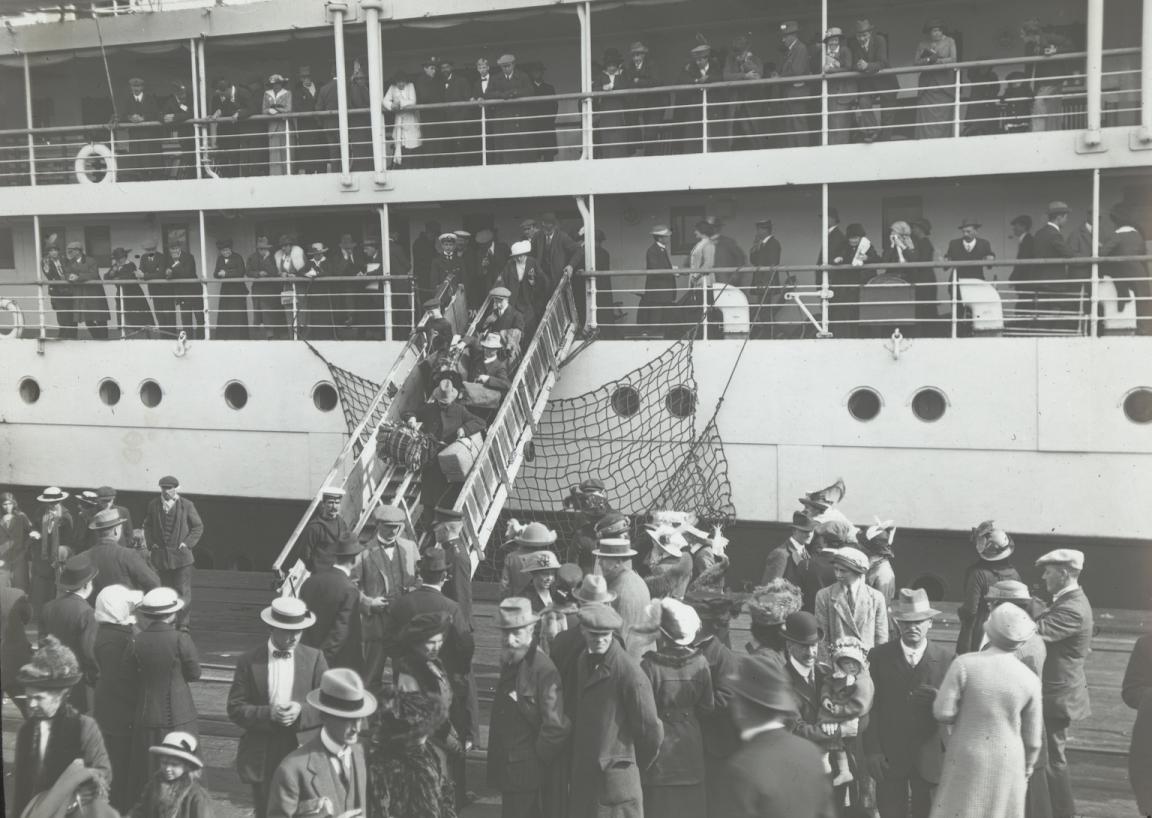
Disembarking from a ship, Adelaide, ca. 1910, nla.gov.au/nla.obj-144079514
Disembarking from a ship, Adelaide, ca. 1910, nla.gov.au/nla.obj-144079514
Leisa: Does the Library hold convict transportation registers?
An estimated over 162,000 English, Welsh, Scottish and Irish convicts were transported between 1788 and 1868 to one of three colonies in Australia: New South Wales, Van Dieman’s Land (Tasmania) and Swan River (Western Australia). Authorities documented details about each convict before the ship departed and when the ship arrived. These transportation registers are used by many family historians to trace their convict ancestry. Records captured in Australia are inscribed on the UNESCO Memory of the World Australian Register for their historical significance.
As part of the Australian Joint Copying Project (AJCP) various material held in the United Kingdom, including convict transportation records, can be found in Trove. The Home Office Criminal Convict Records 1787-1870 collection contains records of those convicted in England, Wales and Scotland along with a small number of Irish convicts. This collection even includes soldiers who had been court-martialled and sentenced to transportation. Scroll through the digitised records to find the record you are after using the ‘source’ information (microfilm reel number, class and piece number as well as page number) found in the British Convict transportation registers 1787-1867 database.
For more Irish convict records, explore the Ireland-Australia Transportation database found in our eResources portal. This database will provide a document volume reference number and page number corresponding to Archives relating to the transportation of convicts from Ireland to Australia, 1788-1868.
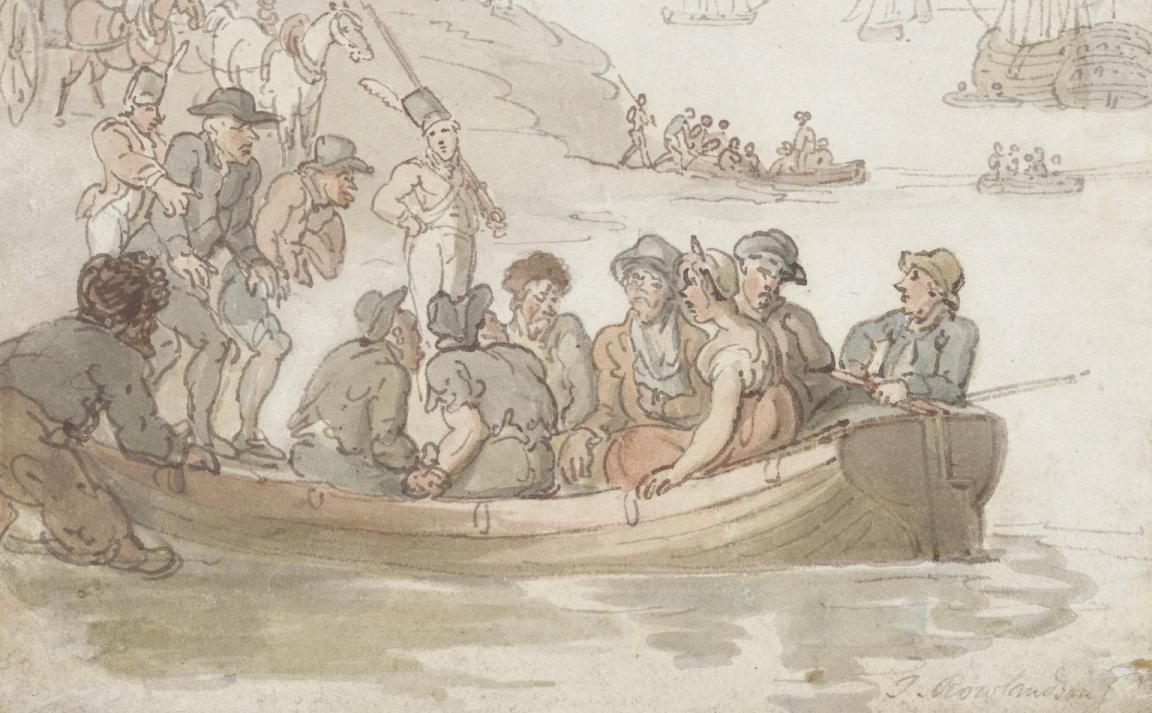
Thomas Rowlandson, Convicts embarking for Botany Bay, c. 1800, nla.gov.au/nla.obj-135232630
Thomas Rowlandson, Convicts embarking for Botany Bay, c. 1800, nla.gov.au/nla.obj-135232630
Convict indents recorded the arrival of convicts into the New South Wales colony. Before states were established, the New South Wales colony incorporated settlements such as Port Phillip (Melbourne) up to 1851, Moreton Bay (Brisbane) up to 1859 and Norfolk Island from 1788 to 1843. Records could include a convict’s name, age, crime, court tried, charge, ship name, date of arrival and even a physical description. Find selected digitised indent records on the NSW State Archives convict research guide or access records using family history databases.
Discover convicts transported to Van Dieman’s Land (Tasmania) using the Libraries Tasmania Name Index. This freely available resource searches across many Tasmania historical documents, one of the most useful records for convict research being Conduct records.
Family history databases Ancestry (Library edition) and Findmypast can be another great resource to locate an array of convict records. Visit the Library to access these databases through our eResources portal or contact your local public library to find out if they subscribe.
For more information, check out our convicts research guide.
Andrew: How can I trace the arrival of my military ancestor in the Imperial period (1788-1870)?
From 1788 in Australia the military served as prison guards for the convicts, protected the colonies from external threat and maintained civil order. The First Fleet included three companies of Royal Marines, who were eventually replaced by a succession of British army regiments, beginning with the notorious New South Wales Corps, or Rum Corps.
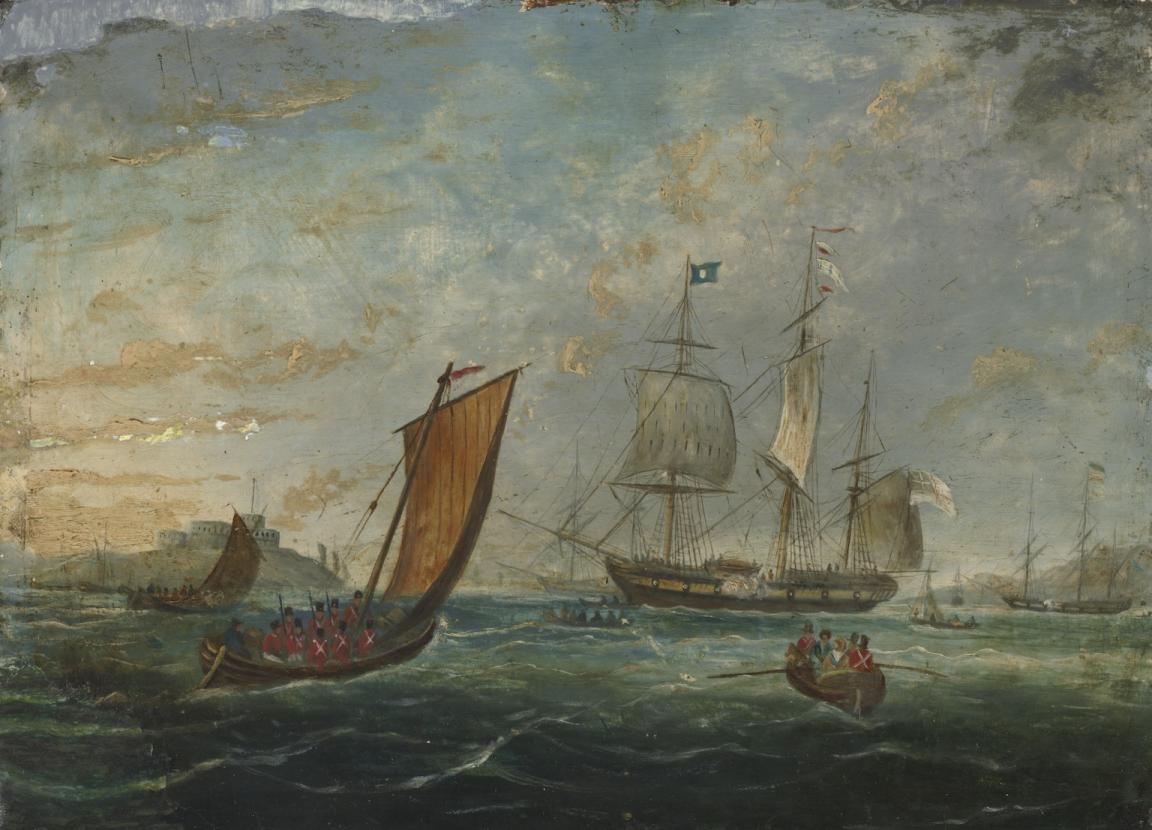
English soldiers embarking at an English port for New South Wales, c. 1800, nla.gov.au/nla.obj-134295825
English soldiers embarking at an English port for New South Wales, c. 1800, nla.gov.au/nla.obj-134295825
To track a military ancestor from the Imperial period, at some point you’re going to need to work through pay lists and musters. Pay lists were created every three months, while muster rolls were taken monthly or quarterly. Together, they informed the Regimental paymaster of the activities of each man so that appropriate pay could be calculated; they were effectively the main everyday service records kept by the British Army of men in active service.
As part of the Australian Joint Copying Project these can be found in Trove among the Records of the War Office. To find your ancestor’s regiment, start with The British Army in Australia 1788-1870: Index of personnel, which shows regiment, regimental number and service period in the colonies.
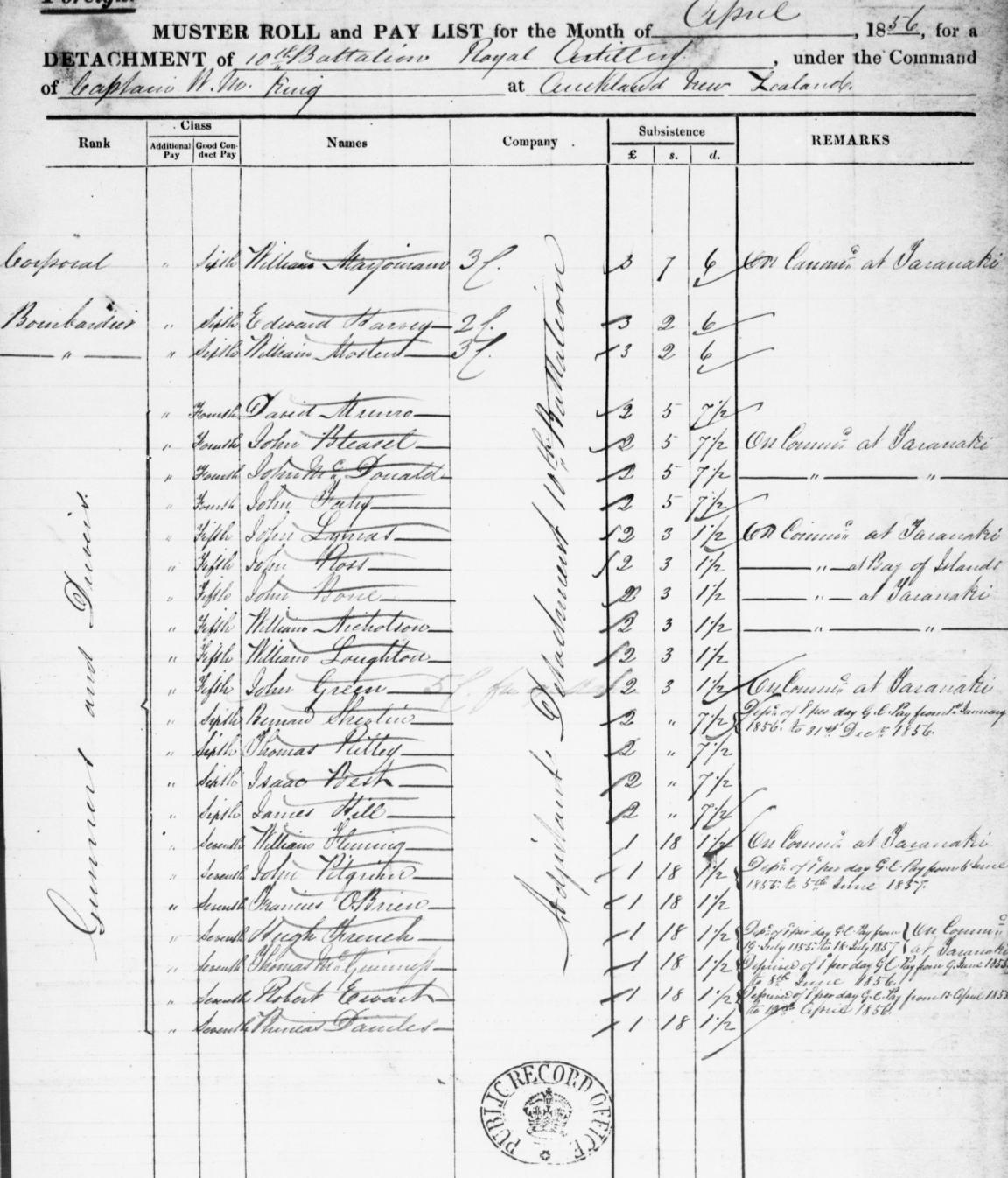
Muster roll and pay list for the 2nd Company, 6th Battalion, 1856, nla.gov.au/nla.obj-1096929511
Muster roll and pay list for the 2nd Company, 6th Battalion, 1856, nla.gov.au/nla.obj-1096929511
Soldiers who stayed on after their period of service were often given land grants, and their dealings with the government can be found in state and territory archives. See, for example, the NSW Colonial Secretary’s papers 1788-1825 in the NSW State Archives.
Some books that may help you along the way include:
- Finding the family redcoat: tracing your British military ancestors in Australia, a handy summary of the records of the British garrison in Australia up to 1870,
- Tracing your army ancestors: a guide for family historians, a very comprehensive look at British army records and organisation from the 17th to 20th centuries,
- The remote garrison: the British Army in Australia 1788-1870, which includes colour illustrations of many regimental uniforms, and
- A Colonial regiment: new sources relating to the New South Wales Corps, 1789-1810, which includes a biographical register of every soldier who served in the Regiment between those dates.
Beginning from the early 1850s, colonial governments raised their own armed land and water forces. For information about this ‘Colonial’ period, the best starting place will be state and territory archives.
For service records from the Commonwealth period (the Boer War onwards), we suggest beginning with the National Archives of Australia and the Australian War Memorial.
Qin Qin: What is a naturalisation record?
Accessing naturalisation records can open new insights into your family history. Naturalisation records are official documents that show when and how immigrants became citizens of a country. In Australia, these records tell us about the journeys of people from all over the world who made Australia their home. Naturalisation records generally provide full name, place of origin, occupation, age, and date and ship of arrival.
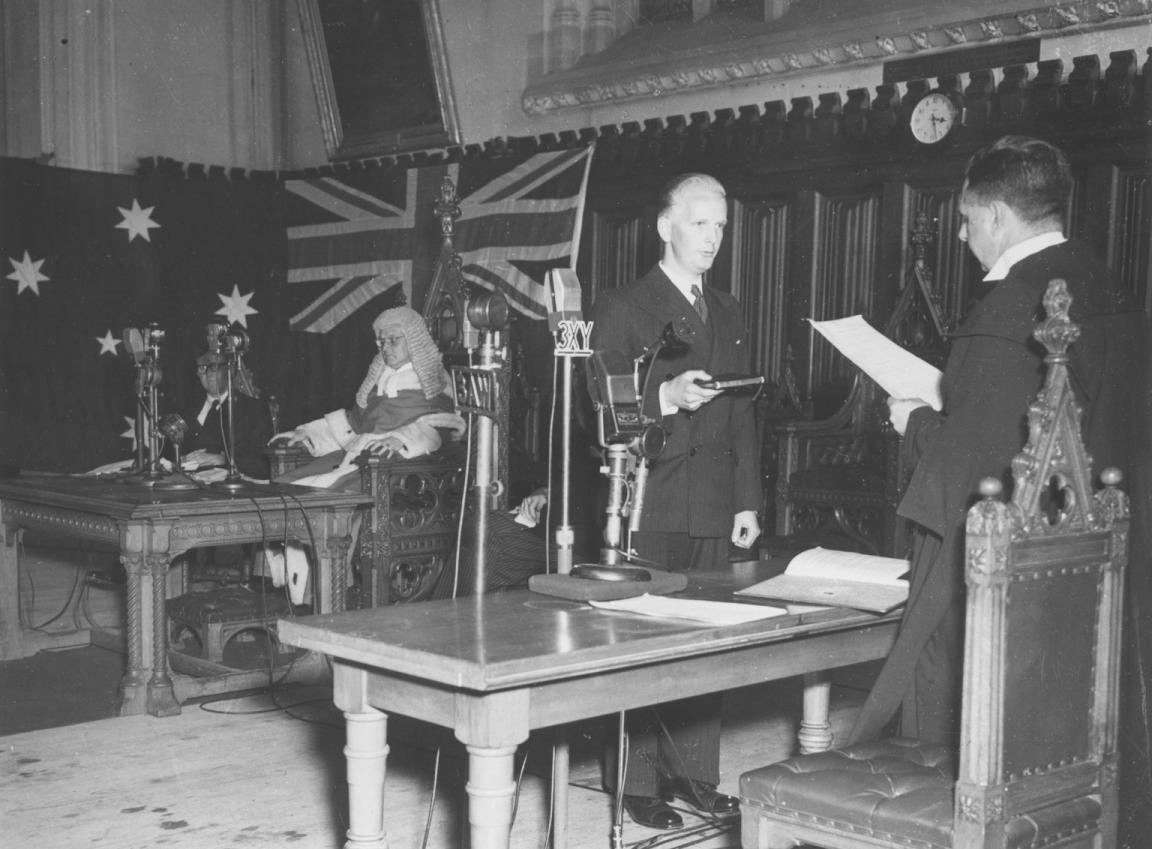
New Australian citizen taking an oath at the first naturalisation ceremony which was held at Wilson Hall, 1949, nla.gov.au/nla.obj-146184750
New Australian citizen taking an oath at the first naturalisation ceremony which was held at Wilson Hall, 1949, nla.gov.au/nla.obj-146184750
Before 26 January 1949, naturalisation in Australia meant gaining British nationality. British residents or those already naturalised did not need to reapply, with their wives and underage children automatically gaining citizenship.
After this date, laws changed to recognise Australian nationality and individuals from many different countries could apply for citizenship, though it was never compulsory. To qualify for naturalisation, immigrants typically needed to live in Australia for at least five years. This time period has varied over the years.
Why would someone want to be naturalised? People sought naturalisation for several reasons: to legally own property, to gain the right to vote and participate in civic duties, to enjoy full legal protection under Australian law, and to foster a sense of belonging and security within the community.
To start your search, first identify whether the records you need are held at a state records office or the National Archives of Australia. Naturalisation records from 1904 onwards became a Commonwealth responsibility and records are held at the National Archives. Pre-1904 naturalisation records for Victoria and South Australia are also held in the National Archives. You may like to do a name search via their catalogue for any digitised records. Records created before 1904 in New South Wales, Queensland, Western Australia, and Tasmania are housed by the state archives.
Start your research journey
Head over to our wide range of research guides for more information on using the resources held at the Library. If you get stuck along the way, contact our Ask a Librarian service.
Explore more migration journeys and those who made them in our latest exhibition, Hopes and Fears: Australian Migration Stories.
